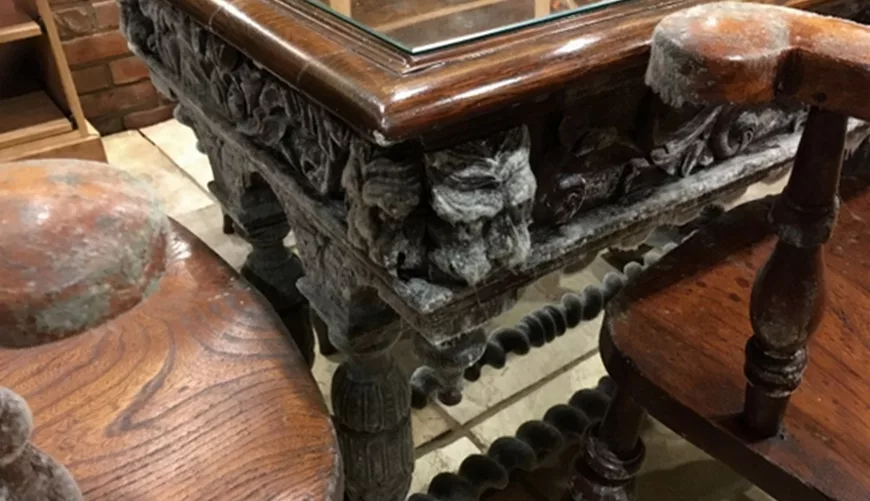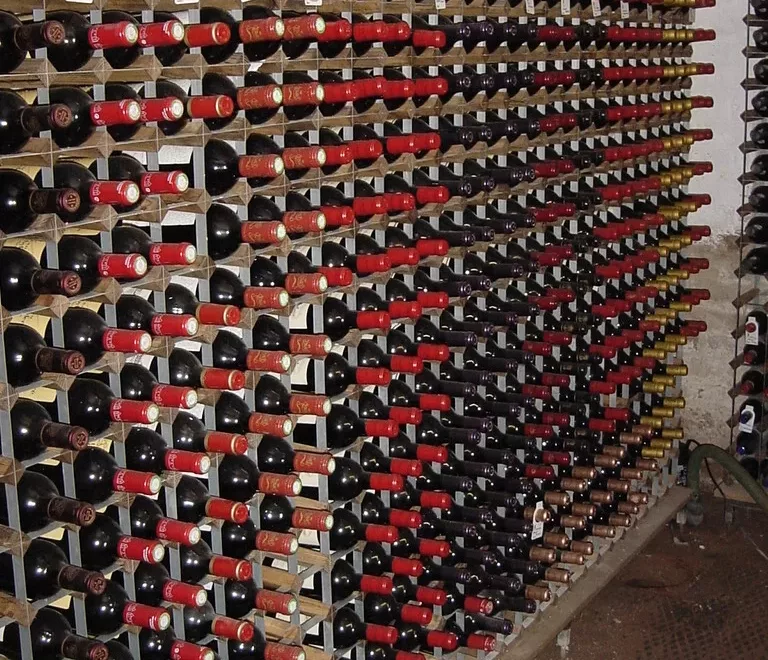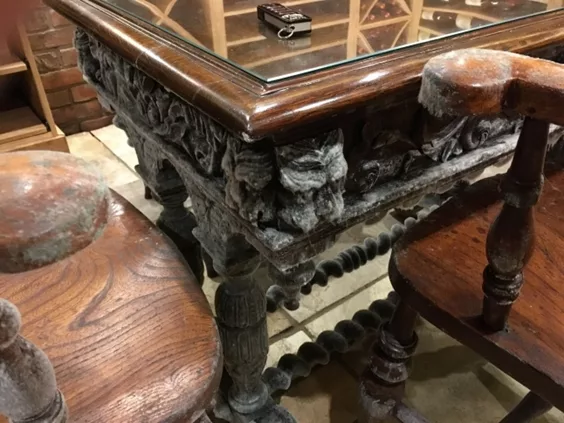
Avoiding damp when building a wine cellar
When building a wine cellar you need to know about, and get right, the four vitally important factors to good wine storage namely; humidity, temperature, light and the correct storage system.
This article covers humidity and damp.
The wine cellar experts
A & W Moore Wine Racks UK are often contacted after a wine cellar has been built and asked what they need to do to rectify problems and faults.
Below we aim to share some of our nearly 50 years of experience and give you some advice of how to avoid the pitfalls and the correct procedures.
Better still, give us a call and our experienced craftsmen will know how best to deliver the perfect wine cellar project.

Humidity
Generally the British climate is never too dry to store wine and the need for a humidifier is not needed provided that the cellar does not have an excessive amount of ventilation. There are many more cellars that are too wet rather than too dry.
When building an underground cellar it is important that it is constructed to a grade 3 standard where no damp or seepage is acceptable.
Unfortunately we have come across many cases where the home owner did not take proper specialist advice and their builder was inexperienced in building under ground cellars/basements.
The grades for waterproofing underground structures:
Grade 1A – Seepage and damp areas from internal and external sources are tolerable if they don’t affect the intended use of the space.
Grade 1B – Seepage is not tolerable, but damp areas from both internal and external sources are (free water can’t enter, but damp patches can occur).
Grade 2 – Seepage is not acceptable, but damp areas may be tolerable if resulting from condensation or moisture in the air (this may require management measures).
Grade 3 – No seepage or damp is acceptable.
Wine Cellar Damp Problems
Grade 1B states that seepage of water is not tolerable, but damp areas from both internal and external sources are (free water can’t enter, but damp patches can occur).
The problem with this standard is that when the water table rises considerably as it can during very heavy rain fall the damp patches turn to being extremely damp and wet. It is very difficult to construct grade 2 structure that does not turn into a Grade 1 structure after persistent heavy rain.
The result is a wine cellar with a humidity above 80%, mould is likely to form or grow on wooden surfaces and if wine was to be stored the labels and corks will grow mould as shown in the picture below.

Solutions to Damp
If you have a cellar that is too damp there are many waterproofing products available that can be used to turn a very damp cellar into a perfectly usable one. The type and method will have to be assessed on an individual basis depending on the wall structure and the depth below ground level. The water pressure below ground rises the deeper the cellar is and this needs to be taken into account when deciding upon the remedy for a damp cellar. We have come across a case where a leaking cellar was successfully tanked, but after a period of heavy rain, the water pressure cracked and lifted the concrete floor.
Construction Chemicals
Construction Chemicals Ltd provide a range of products that can be used to solve the problems of a damp cellar and they offer good advice on which product should be used. https://www.constructionchemicals.co.uk/ The products can be applied by a local builder. Other solutions involve lining the wall with a water proof membrane so that the water drains into a sump and a cellar pump to take away excess water.
Cellars that are built above ground level should be built with a vapour barrier to the floor, walls and ceiling and care should also be taken to ensure that they are well insulated.
Need help with your wine cellar? Contact the experts on 0115 944 1434!